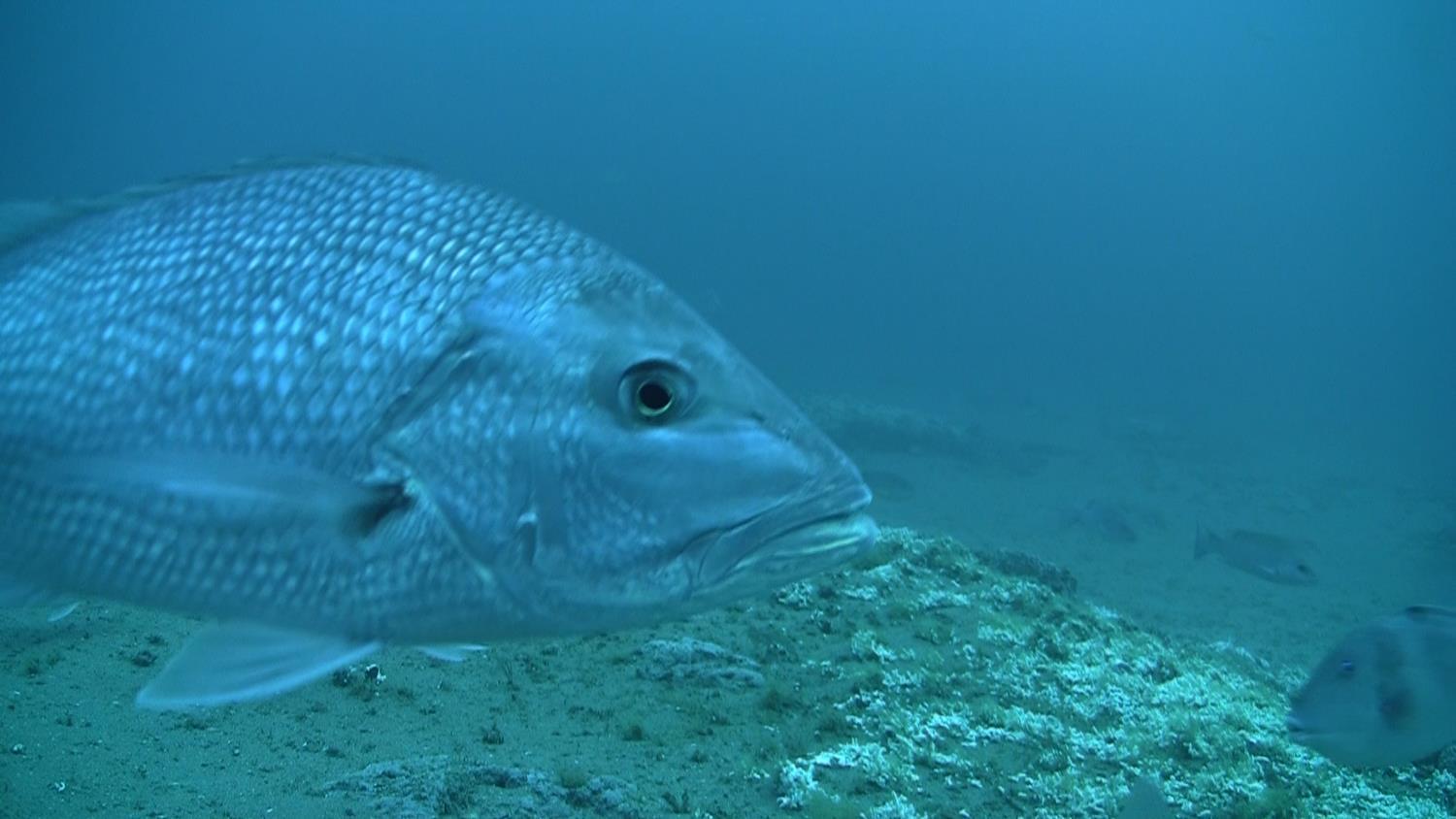
Harvest control rules in a changing environment: lessons for confronting non-stationarity in the U.S. Caribbean
Matt Damiano, Kyle Shertzer NOAA Fisheries, Southeast Fisheries Science Center
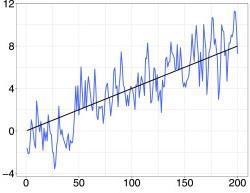

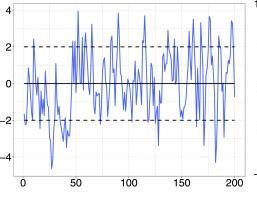
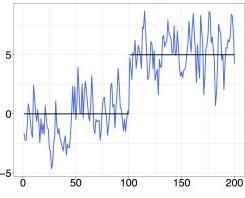
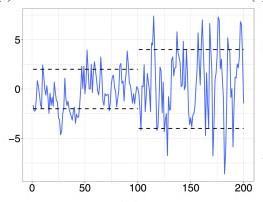
Shift in the mean Trend Shift in the variance
Stationarity Nonstationarity
Images from Salles et al. 2019
Examples of environmental nonstationarity in the SA
Sea Surface Temperature
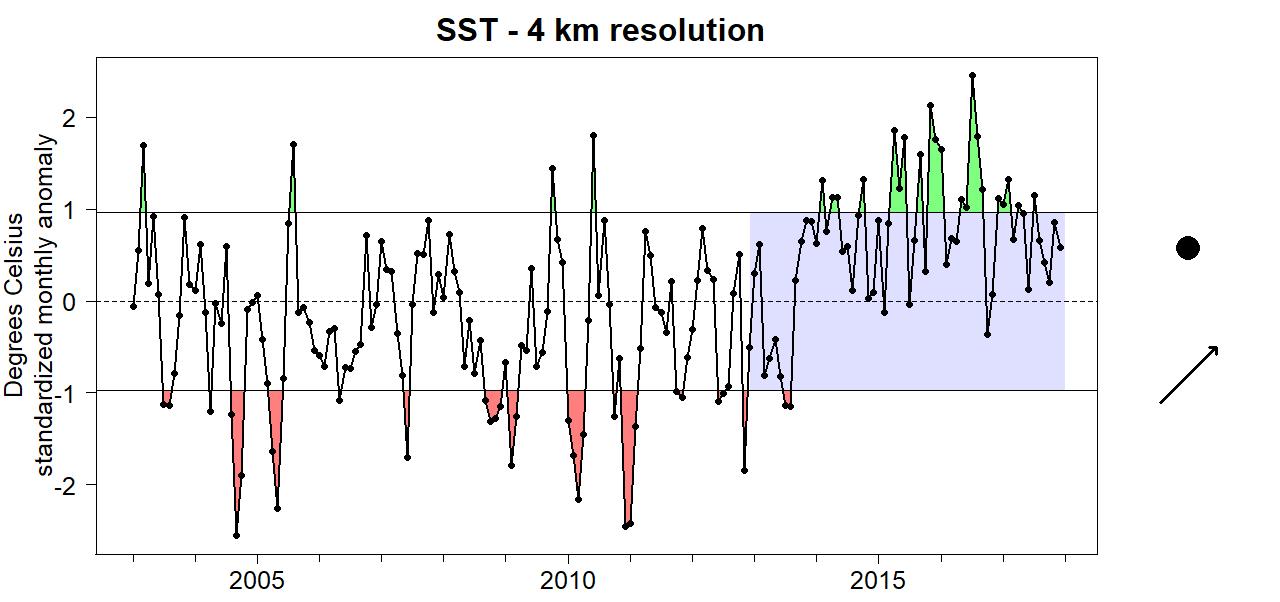
Bottom Temperature
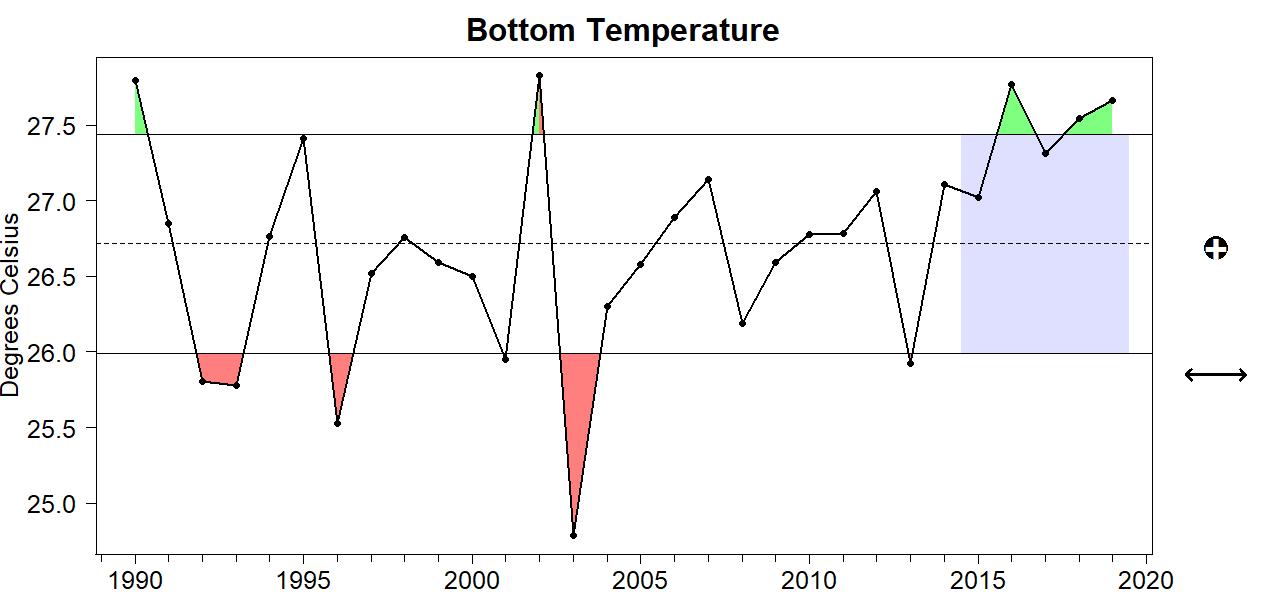

Upwelling
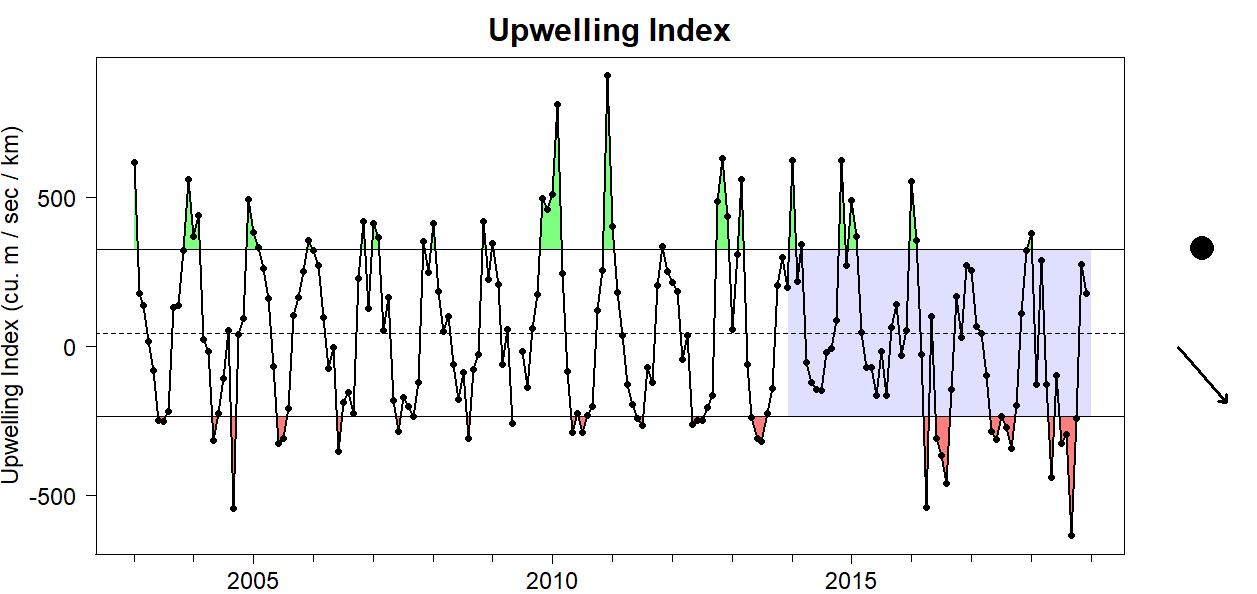
Craig et al. 2021
Environmental nonstationarity can affect fish populations
• Spatial distribution
• Growth rates
• Survival rates
• Recruitment … Maybe in the SA?...

U.S. Department of Commerce | National Oceanic and Atmospheric Administration | NOAA Fisheries | Page 4
Evidence of recent poor recruitment in the SA
• Stock assessments: black sea bass, gag, scamp, red grouper, red porgy, snowy grouper
• SERFS trends reports: bank sea bass, knobbed porgy, sand perch, scup
• Peer-reviewed publications:
• Scamp (Bacheler & Ballenger 2018)
• Red porgy (Bacheler et al. 2023)
• Multiple species (Wade et al. 2023)

U.S. Department of Commerce | National Oceanic and Atmospheric Administration | NOAA Fisheries | Page 5
Estimates of recruitment from stock assessments

U.S. Department of Commerce | National Oceanic and Atmospheric Administration | NOAA Fisheries | Page 6 1980 1990 2000 2010 -1.0 -0.5 0.0 0.5 Red Porgy 1980 1990 2000 2010 2020 -1.5 -1.0 -0.5 0.0 0.5 Black Sea Bass 1980 1990 2000 2010 2020 -1.0 -0.5 0.0 0.5 1.0 1.5 Red Grouper 1980 1990 2000 2010 -1.0 -0.5 0.0 0.5 Gag 1980 1990 2000 2010 -1.0 -0.5 0.0 0.5 Snowy 1980 1990 2000 2010 2020 -1.5 -1.0 -0.5 0.0 0.5 1.0 Scamp Recruitment signal
Implications of recruitment nonstationarity
• Biomass benchmarks (e.g., BMSY) are dynamic
• Estimating stock status is challenging, especially in projections
• Rebuilding time frames are highly uncertain
• Now the goalpost moves in ways we can’t predict

U.S. Department of Commerce | National Oceanic and Atmospheric Administration | NOAA Fisheries | Page 7
The good news
• Fishing benchmarks (e.g., F40%) are robust to recruitment nonstationarity
• Short-term catch advice using recent recruitment is reliable
✓The SA SSC takes this approach
• The stock level should tend toward its target level, even if that level is unknown
✓Cartoon simulation using SA scamp, fishing at F=F40…
✓SA black sea bass MSE

U.S. Department of Commerce | National Oceanic and Atmospheric Administration | NOAA Fisheries | Page 8
Cartoon simulation: SA scamp fished at F=F40
Take home message: you do not need to know SSB to know the effect F40 will have on the stock


Management strategy evaluation: SA black sea bass fished at F=F40
Further demonstrates the same take home message


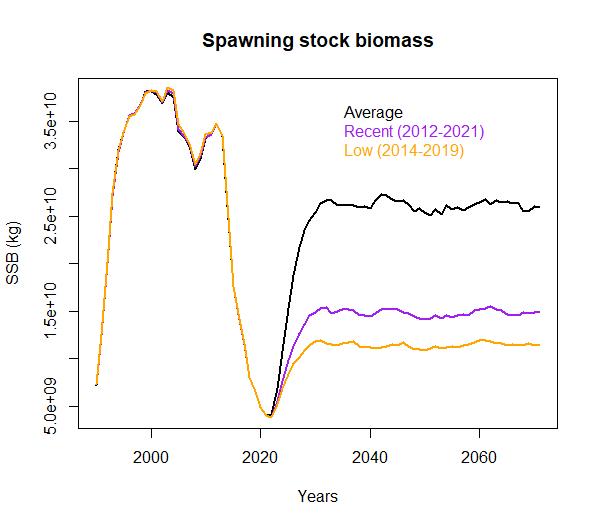
U.S. Department of Commerce
SSC’s ABC recommendation for SEDAR 80
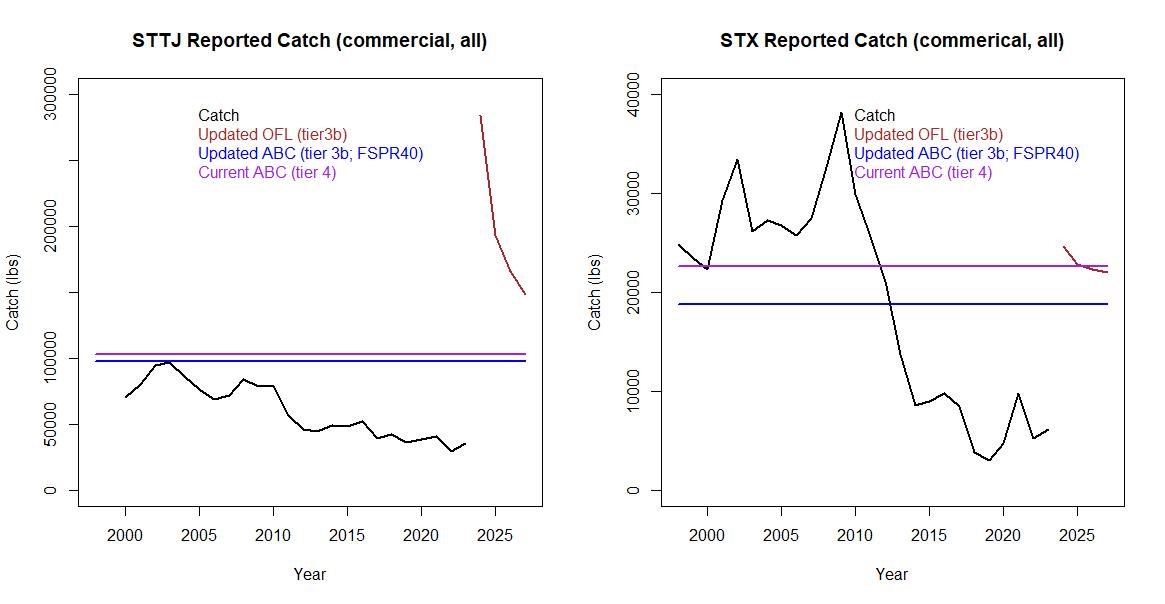



U.S. Department of Commerce | National Oceanic and Atmospheric Administration | NOAA Fisheries | Page 11
Need for further research
• Increased temperature = distribution shifts? Not always the case, so spatial management may not meet objectives (Cao et al., in press)
• Correlations b/w ecosystem indicators (like CPUE) and large-scale oceanographic processes may lend insight (Karnauskas et al. 2015)
• MSE and simulation studies are useful to test an HCR’s robustness to non-stationarity in population dynamics, e.g., recruitment (Damiano et al., in press), but also growth, survival, etc.

U.S. Department of Commerce | National Oceanic and Atmospheric Administration | NOAA Fisheries | Page 12

Questions?

